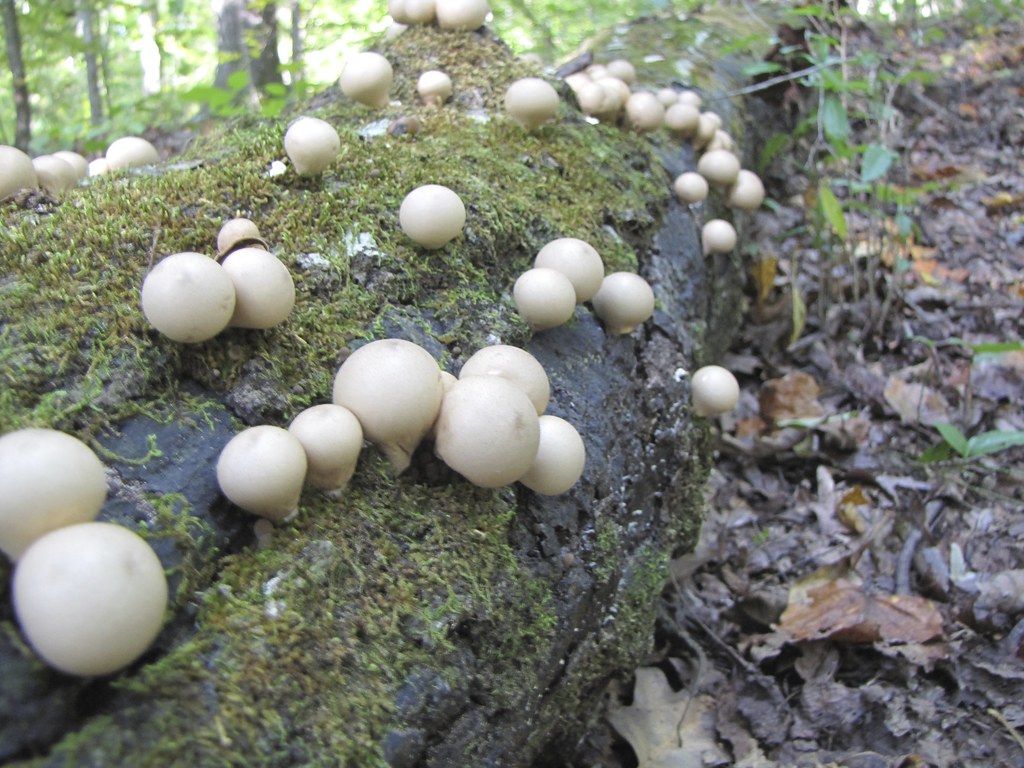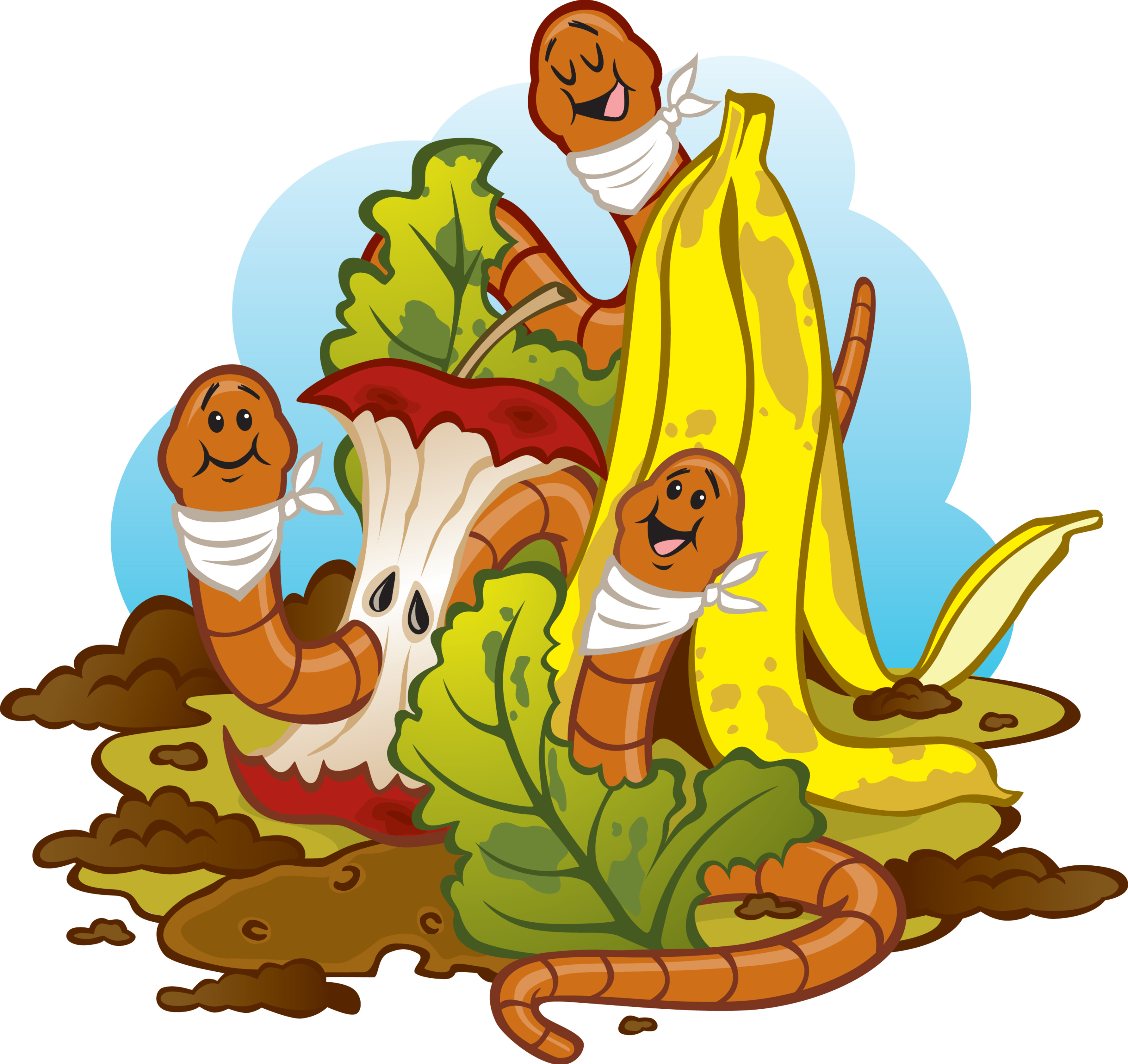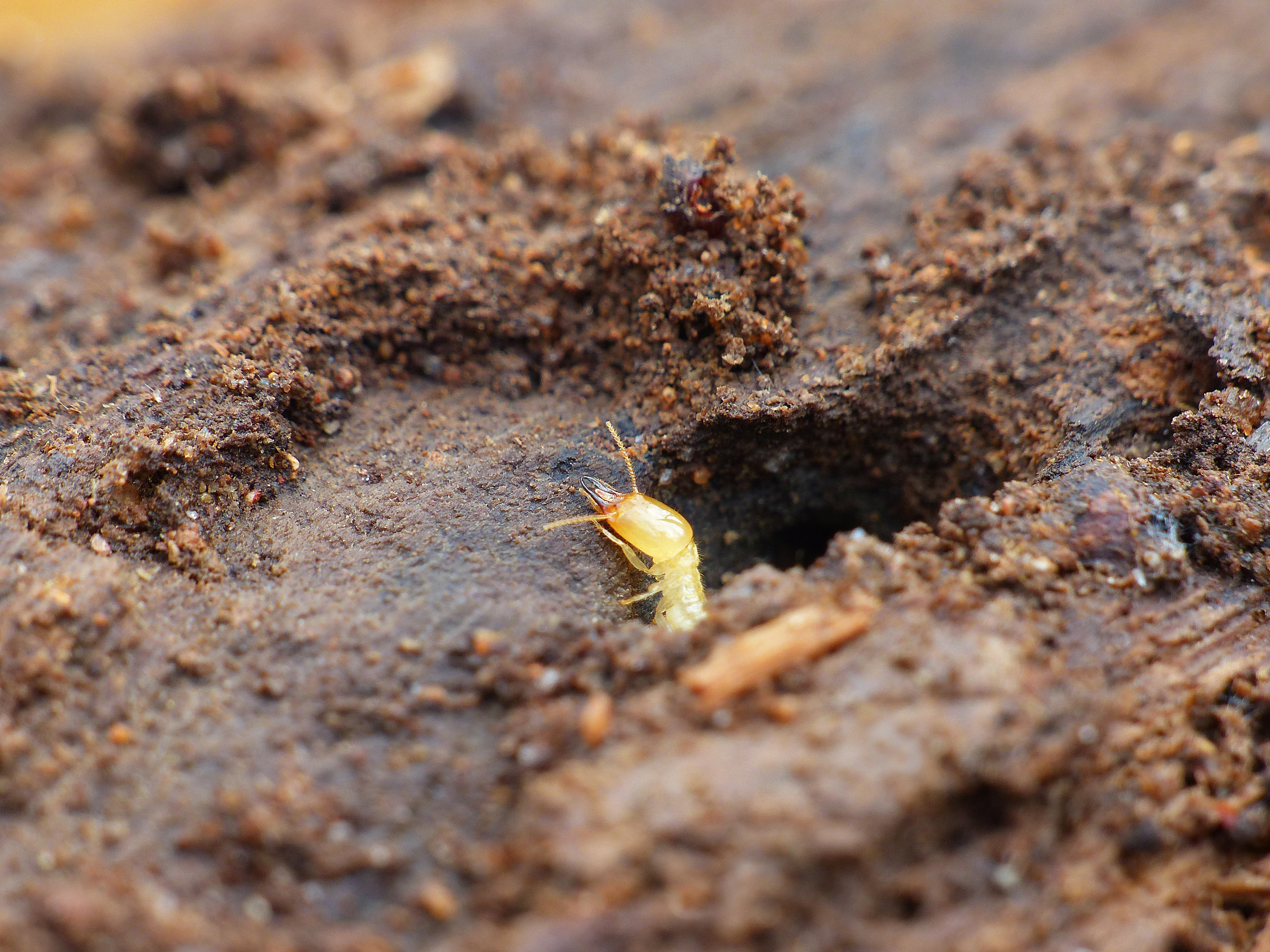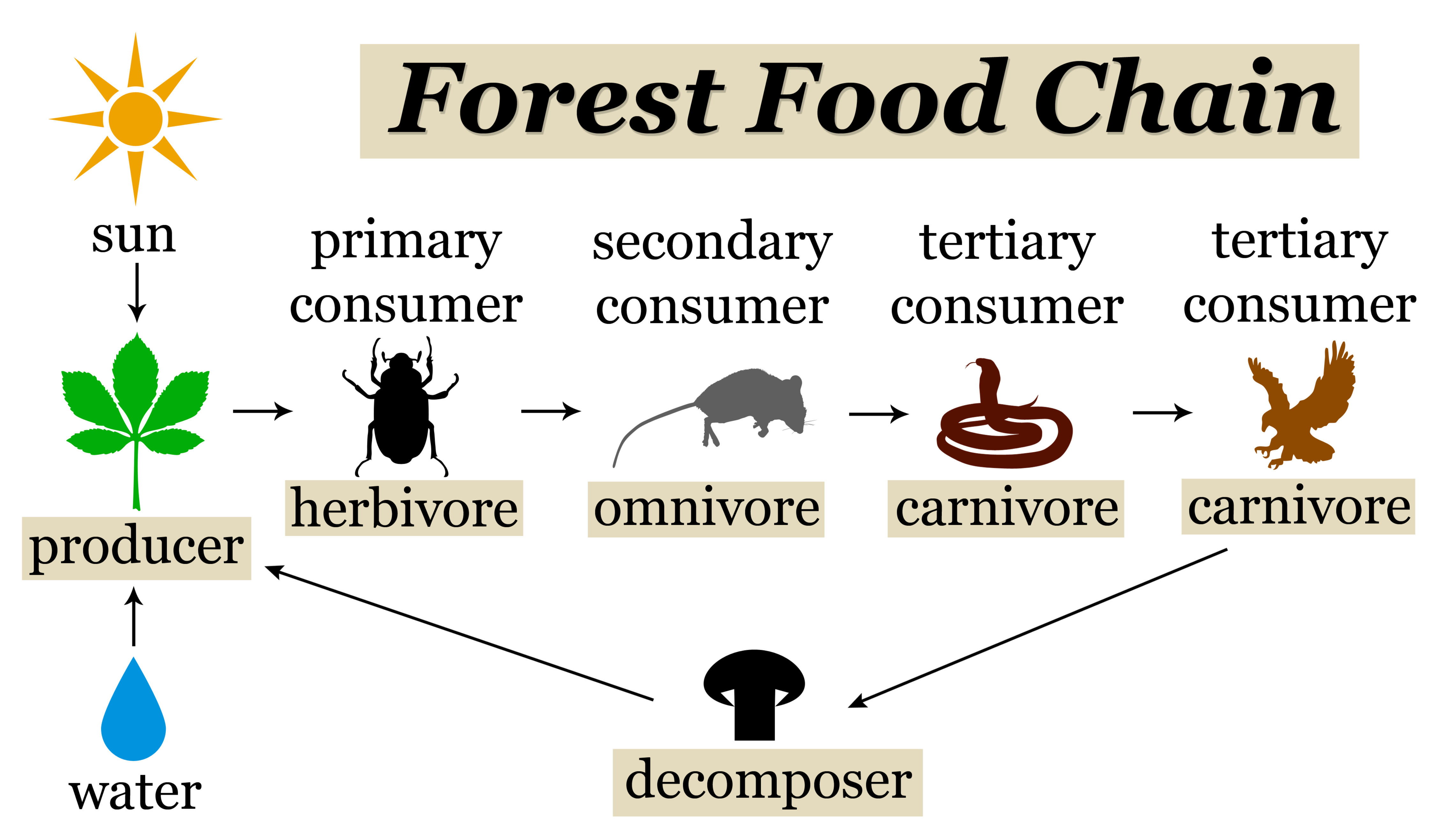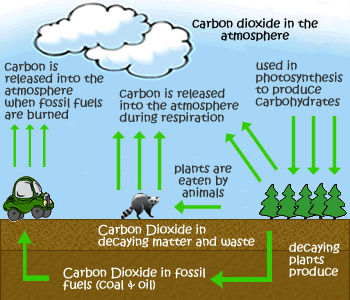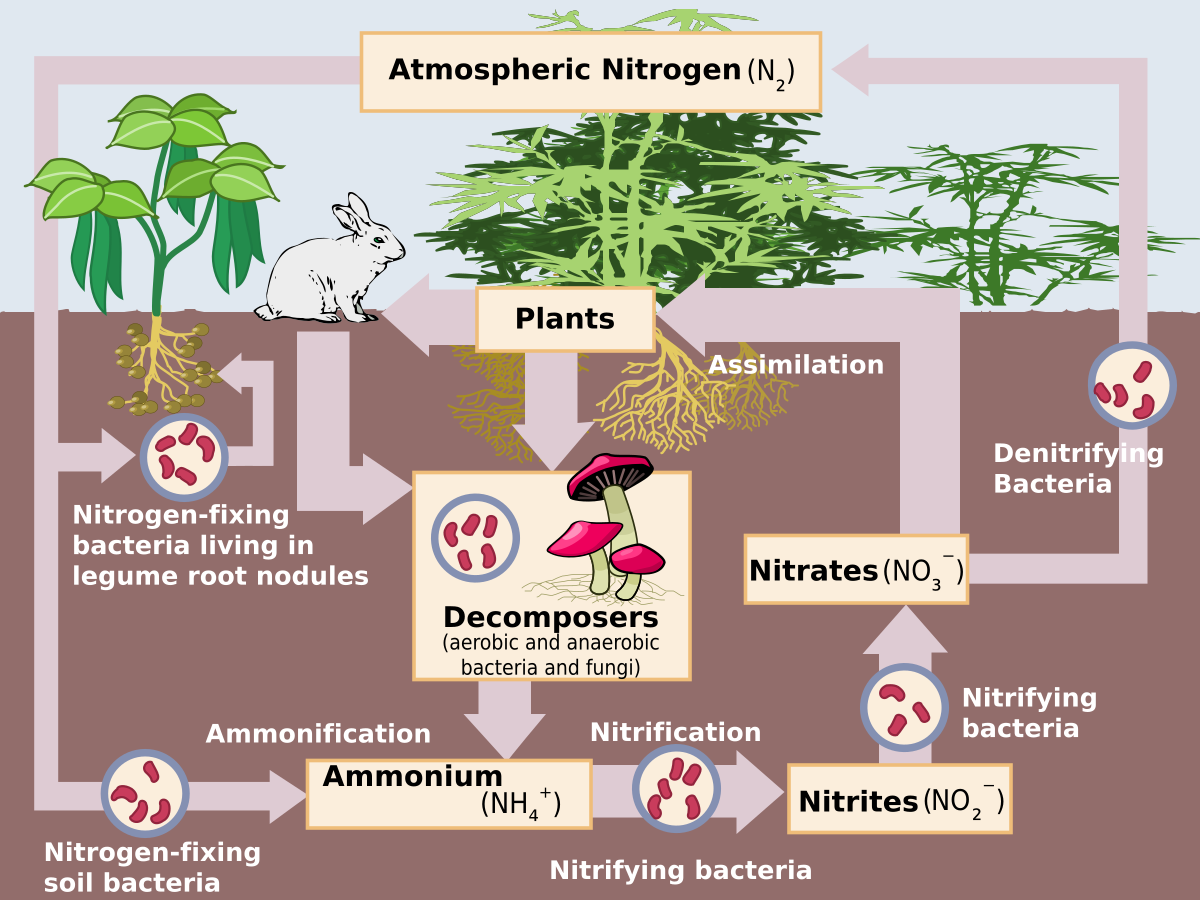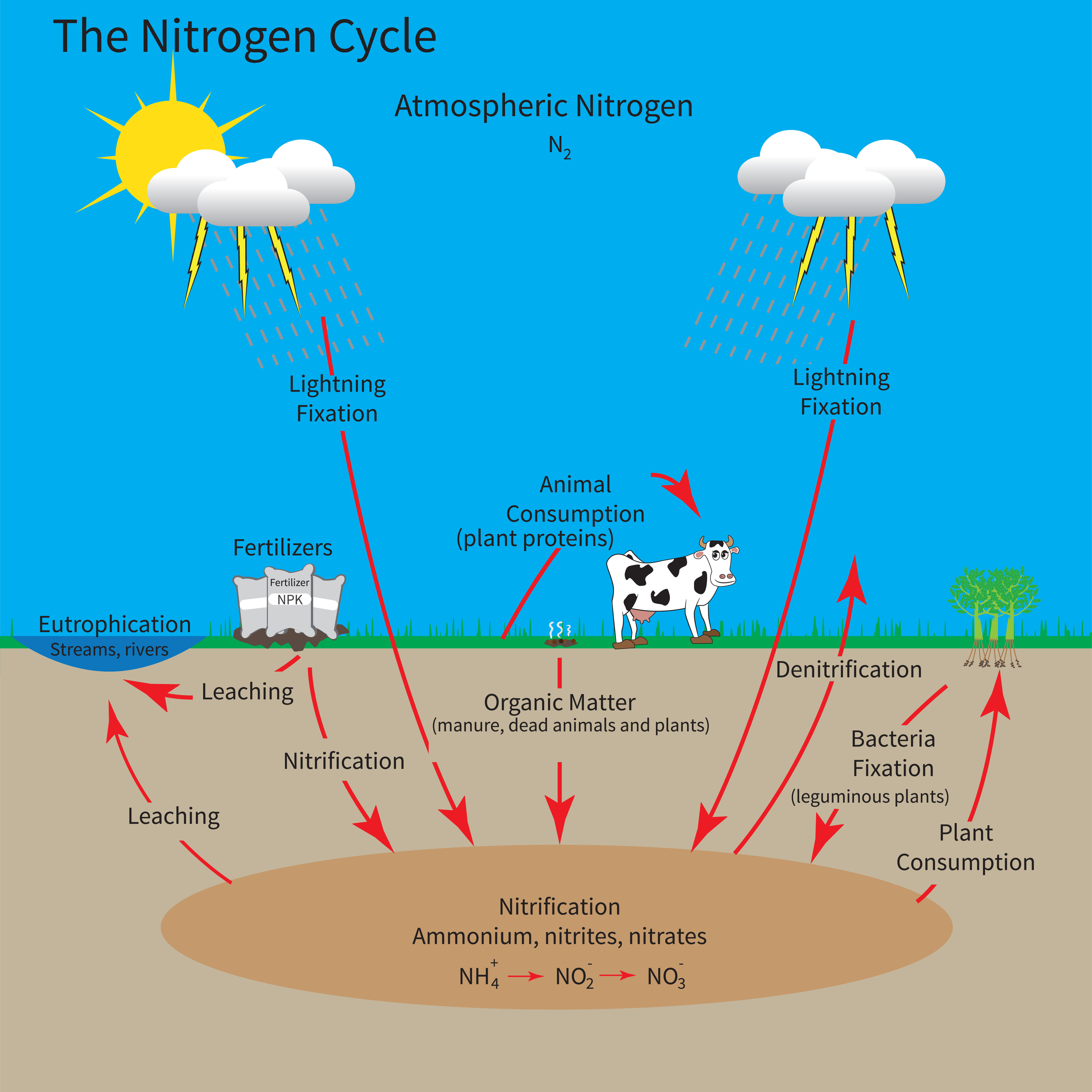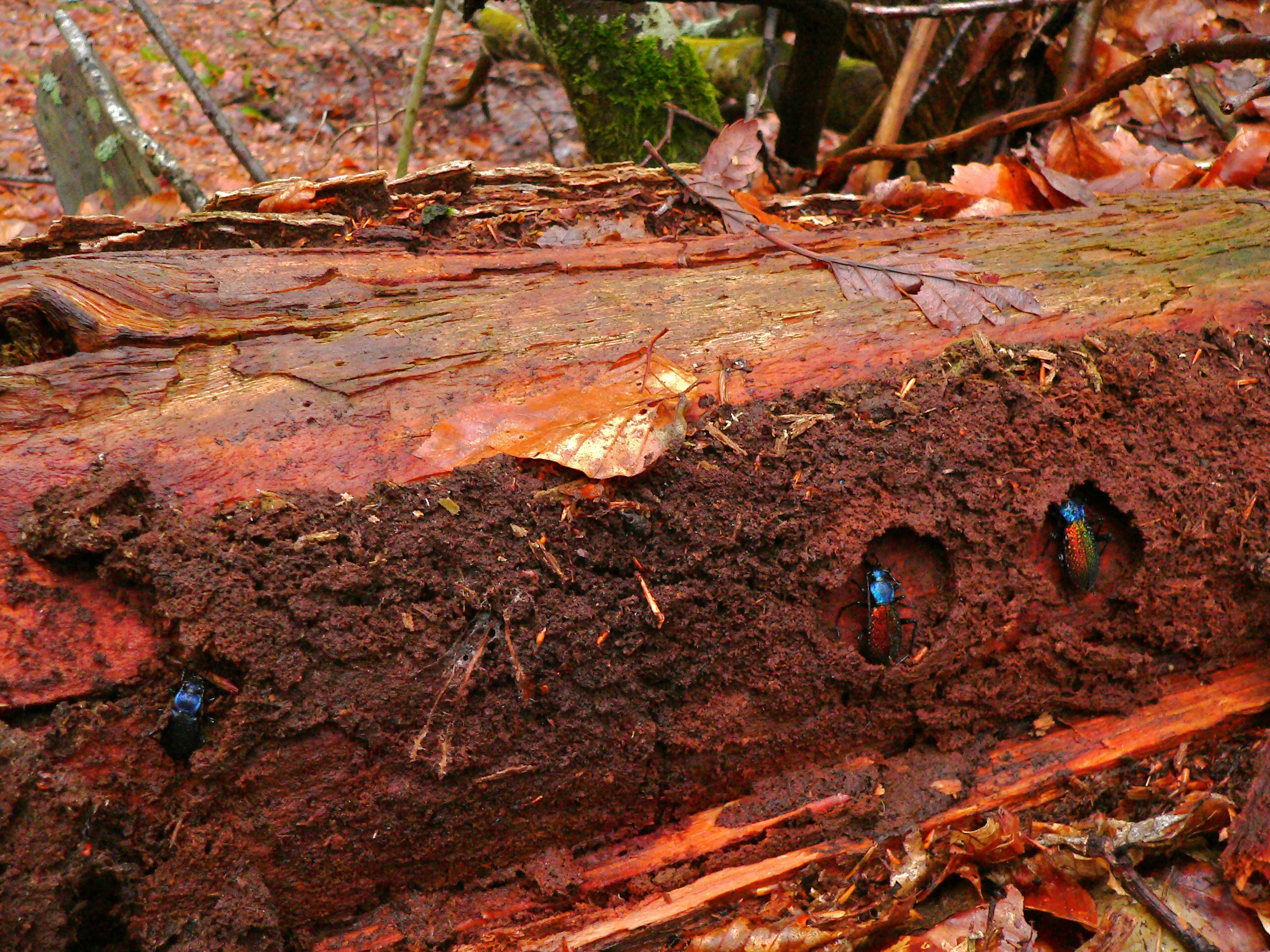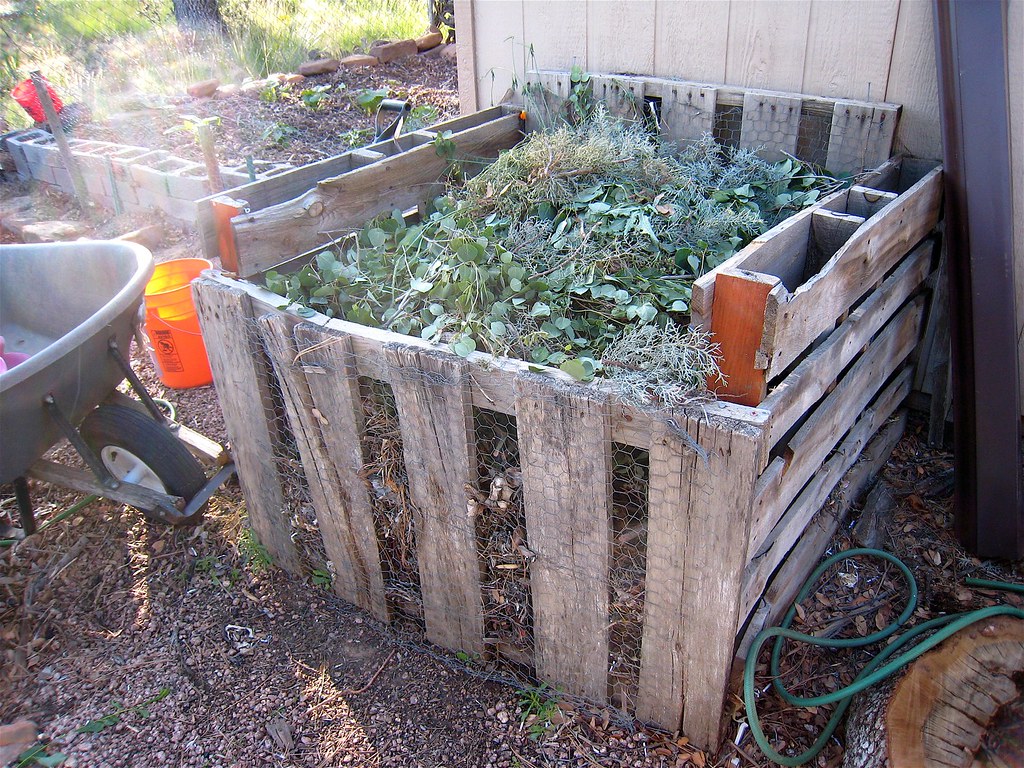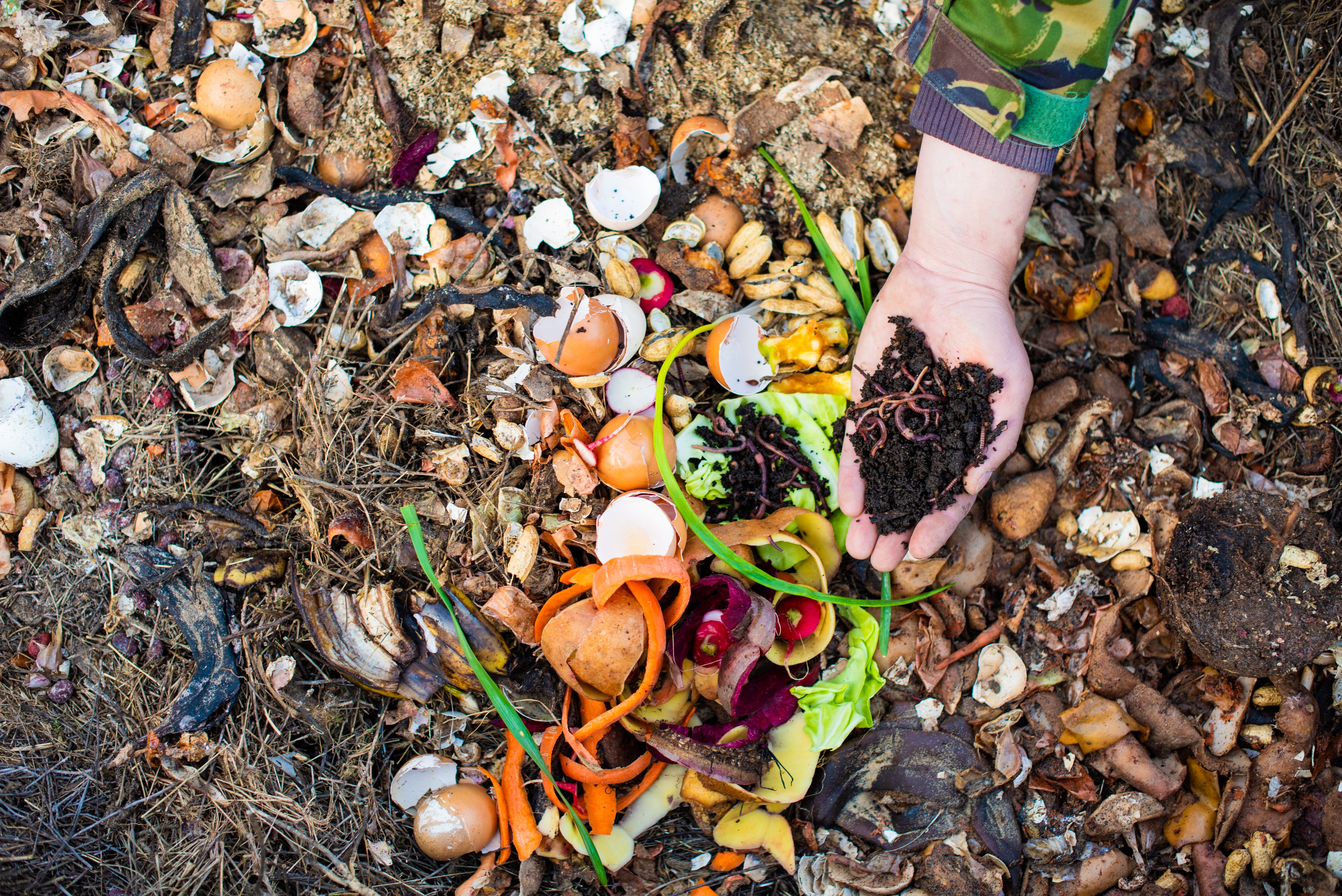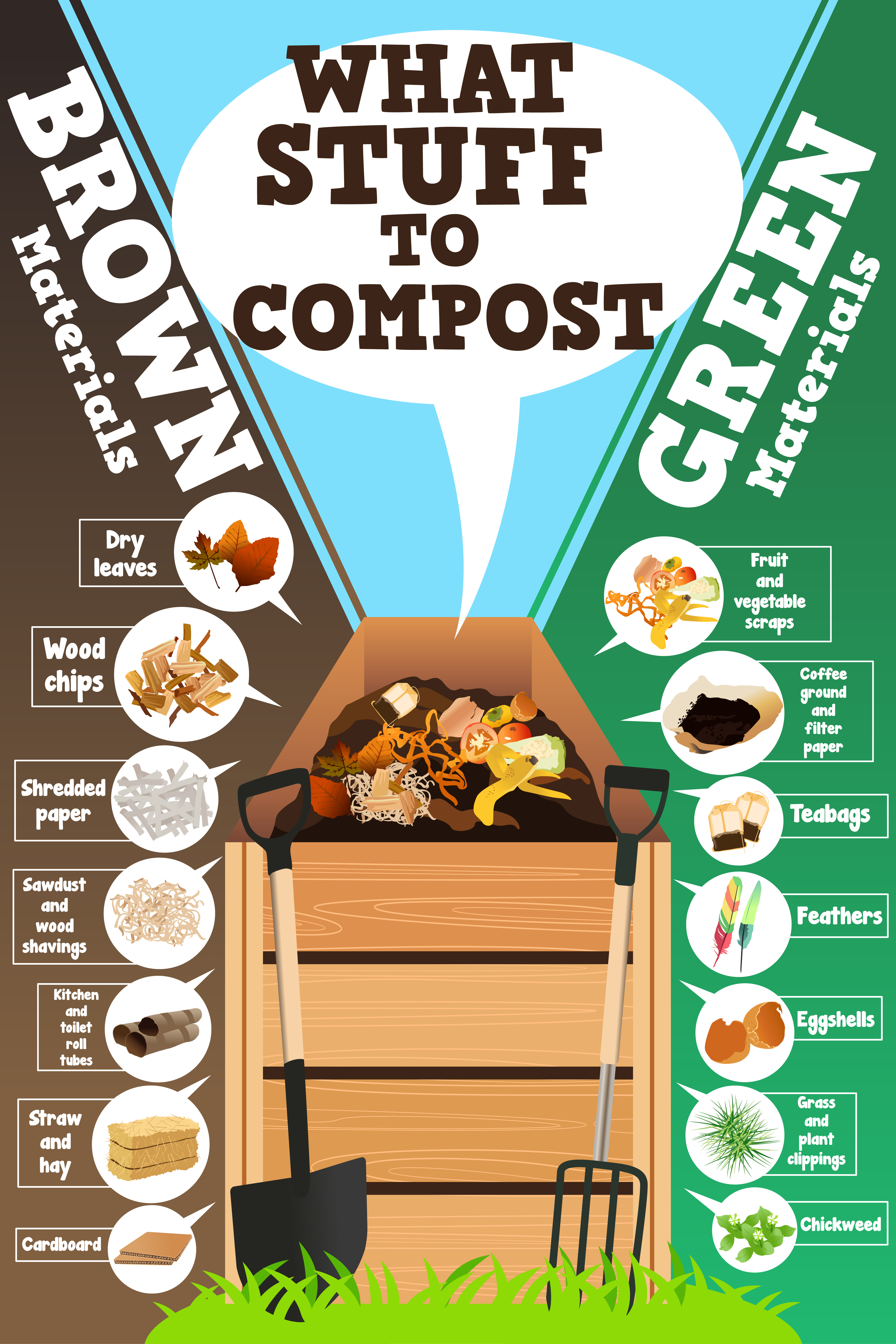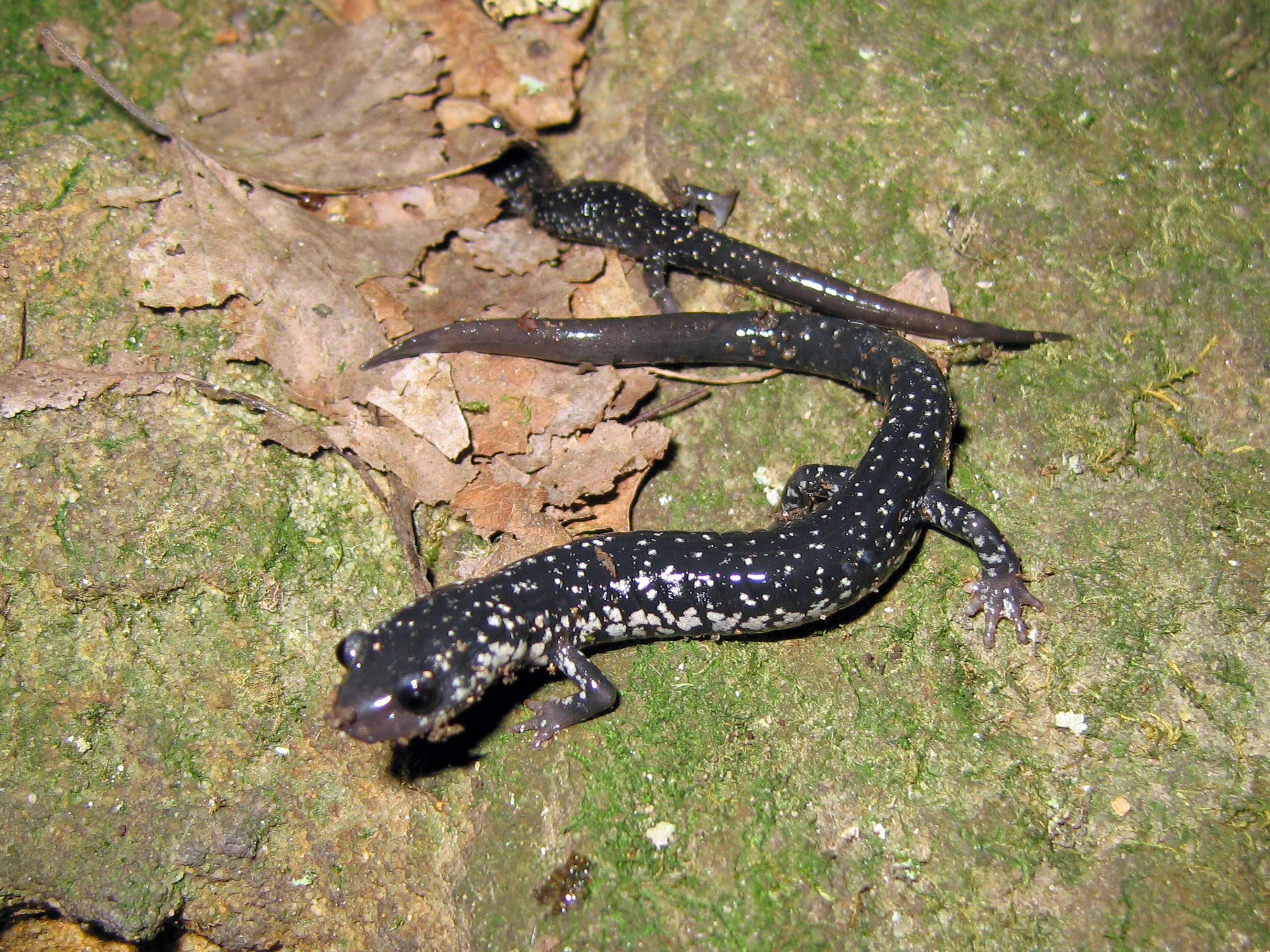Upper Grades Ecosystem Investigation: Decomposition Stations
|
|
Mushrooms on Rotting Log
flickr - The_Gut
Click on image to enlarge it |
 Investigate Decomposers and Their Habitat
Decomposition stations in your outdoor classroom allow you to observe decomposition over a long period of time and learn how various natural cycles such as the carbon and nitrogen cycles function in nature.
Investigate Decomposers and Their Habitat
Decomposition stations in your outdoor classroom allow you to observe decomposition over a long period of time and learn how various natural cycles such as the carbon and nitrogen cycles function in nature.
By maintaining a rotting log learning station, compost bin/ pile, or vermicomposting bin, you will learn about a vast array of decomposers (bacteria, fungi, arthropods and worms) as well as organisms that feed on the decomposers (salamanders, arthropods and worms).
| What are Decomposers? |
| |
|
Decomposition is the process of turning dead material into nutrients that plants can use as food. It is nature's way of recycling.
Decomposers are organisms that make this happen, so they are nature's cleanup crew! These organisms feed on dead animals and feces as well as dead plant materials such as leaf litter and wood.
Can you imagine what the world would look and smell like if we didn't have decomposers to clean up these things?
|
Termite in Rotting Log
Dreamstime
Click on image to enlarge it
|
| Microscopic organisms (those that are too small to see with the human eye), like bacteria, are the largest group of decomposers. More familiar decomposers that are large enough to see without a microscope include fungus (molds and mushrooms) and invertebrates (animals without a backbone) such as beetles, snails, millipedes, termites, and others. |
| Roles of Decomposers |
| |
|
Food Chain:
Decomposers play an important role in every food chain! A food chain demonstrates the transfer of nutrients and energy (in the form of food) from one organism to another. The sun gives energy to producers (plants) which are then eaten by consumers (animals). The energy is passed from the producers to the consumers. Each organism in the chain is linked together based on what it eats. When consumers die or produce waste, decomposers take some of that energy and return it back to the soil for plants to use once again. |
Food Chain
Dreamstime
Click on image to enlarge it
|
| |
|
Nitrogen Cycle and Carbon Cycle:
Decomposers play an important role in the Nitrogen Cycle and the Carbon Cycle. In these cycles, carbon and nitrogen are taken from the atmosphere and soil in their elemental (pure) forms and turned into more complex molecules such as sugar, energy in the form of ATP, and amino acids which combine to form proteins.
This transition happens when plants go through the processes of photosynthesis and nitrogen fixation. Some of these complex molecules along with the carbon and nitrogen in them are passed along the food chain.
Decomposers take these complex molecules and break them down into simpler forms. The carbon and nitrogen are released back into the atmosphere and soil for plants and animals to use again!
Without decomposers, these cycles would end, and our air and soil would become unusable.
|
Carbon Cycle
Click on image to enlarge it
|
|
Nitrogen Cycle
Click on image to enlarge it
|
| |
|
|
The Nitrogen Cycle
Adobe
Click on image to enlarge it
|
|
|
| Habitat Types |
| |
|
Log Decomposition Station:
Rotting logs in a log decomposition station represent what happens on a larger scale in real forests.
When a tree falls, it remains there as decomposers slowly consume it and return the nutrients to the soil by breaking down complex molecules into simple carbon, nitrogen, and other minerals that living plants can use. |
Beetles in Rotting Log
Click on image to enlarge it
|
| A forest is considered a major habitat, and the fallen log is considered a microhabitat (a smaller habitat within a major habitat). The log provides food, water, shelter, and places to raise young for animals living around it. Producers, consumers, and decomposers can live in a fallen log. |
| |
|
Compost Piles/Bins:
In a compost bin or pile, bacteria (decomposers) use oxygen and heat to break down organic material such as leaves, sticks, grass clippings, and dead flowers.
Finished compost is dark, spongy, and full of nutrients. It can be spread into gardens to fertilize plants, help break up the soil so that it can retain water, and helps plants grow faster and bigger. |
Compost Pile
Flickr - Alan Levine
Click on image to enlarge it |
| |
|
Vermicomposting:
Vermicomposting is the method of using earthworms to speed up the process of composting in a compost bin or pile.
The worms consume the compost materials and turn them into worm castings (poop), which is more useful. These castings can be spread in gardens to fertilize plants, help break up the soil so that it can retain water, and help plants grow bigger. |
Vermicompost
Dreamstime
Click on image to enlarge it |
This system shows how important worms are to the health of our ecosystem. Worms help break down organic matter into things that the plants in our ecosystem can use. They also create nutrient-filled soil with their castings and break up the soil with their tunnels so that soil can hold more water. |
Follow these rules when composting: |
| |
| Safe to add: |
Do not add: |
|
Dreamstime
Click on image to enlarge it
|
- Diseased plants
- Fat
- Fruit pulp
- Magazines
- Meat
- Milk
- Oil
- Perennial weeds
- Plastic
- Weeds with seed heads
|
| Other species in the Habitat |
| |
|
There are many microscopic organisms, like bacteria, that you cannot see with your naked eye in your log decomposition station.
There are also larger organisms like fungus (mold and mustrooms) and invertebrates (beetles, snails, millipedes, worms, pillbugs, and others). You may also find organisms that feed on decomposers such as salamanders and spiders. |
Slimy Salamander
Wikimdeia - Greg Schechter
Click on image to enlarge it
|
SOURCES
.
 Investigate Decomposers and Their Habitat
Investigate Decomposers and Their Habitat
 Wildlife Tag
Wildlife Tag
